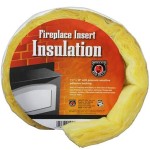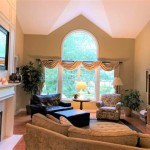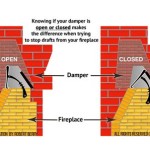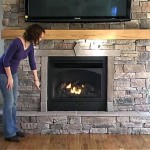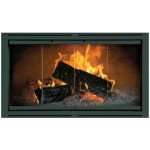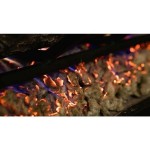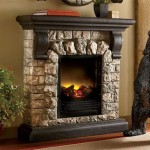Installing a Gas Fireplace in an Existing Home: A Comprehensive Guide
Adding a gas fireplace to your existing home can be a transformative experience, providing warmth, ambiance, and aesthetic appeal. However, undertaking this project requires careful planning and attention to essential aspects.
Planning Considerations
1. Gas Line Availability: Verify if your home has an existing gas line or if one needs to be installed. Installing a gas line requires professional expertise and permits.
2. Fireplace Location: Determine the ideal location for your fireplace, considering factors such as room size, existing furniture arrangement, and ventilation requirements.
3. Vent System: Gas fireplaces require a proper venting system to exhaust combustion gases safely. Choose between a direct-vent system or a chimney-vented system based on the fireplace's type and location.
Choosing the Right Fireplace
1. Fireplace Type: Select a fireplace that aligns with your style and needs. Options include traditional logs, modern flames, or decorative stones.
2. Heat Output: Determine the heat output required for your space in British Thermal Units (BTUs). The fireplace's BTU rating should be adequate to heat the intended area.
3. Control Features: Consider remote control options, thermostat settings, and flame customization to enhance convenience and comfort.
Installation Process
1. Gas Line Connection: Connect the fireplace to the gas line by a licensed gas fitter, ensuring proper sealing and compliance with safety regulations.
2. Vent System Installation: For direct-vent systems, install the vent pipe according to the manufacturer's instructions and connect it to the fireplace. For chimney-vented systems, inspect and clean the existing chimney or install a new one if necessary.
3. Fireplace Placement: Position the fireplace in the designated location and secure it according to the manufacturer's guidelines.
Safety Precautions
1. Carbon Monoxide Detector: Install a carbon monoxide detector in the room where the fireplace is located to monitor levels and alert you to any potential risks.
2. Ventilation: Ensure adequate ventilation in the room by providing fresh air intake or mechanical ventilation systems to prevent the build-up of harmful gases.
3. Fire Safety Maßnahmen: Maintain a safe distance from flammable materials and keep a fire extinguisher nearby in case of emergencies.
Installing a gas fireplace in an existing home can enhance your living space and provide years of comfort and enjoyment. By adhering to these essential aspects, you can ensure a safe, successful, and transformative experience.

Adding A Gas Fireplace To An Existing Home Just Log Fires

Adding A Fireplace To Existing Home Where For Fireplaces

Convert To Gas Installing Fireplace Inserts Doctor Flue
How To Install Gas Fireplace Insert Heat Glo

Existing Fireplace Or A Brand New Build Lopi Fireplaces
Installing A Gas Fireplace Ask Yourself These 5 Questions Heatilator
-small.gif?strip=all)
How To Replace Your Old Open Fire With A New Efficient Gas Fireplace

Is A Gas Fireplace Worth It

Tips For Adding A Gas Fireplace To Your Home St Louis Hvac

Existing Fireplace Or A Brand New Build Lopi Fireplaces

